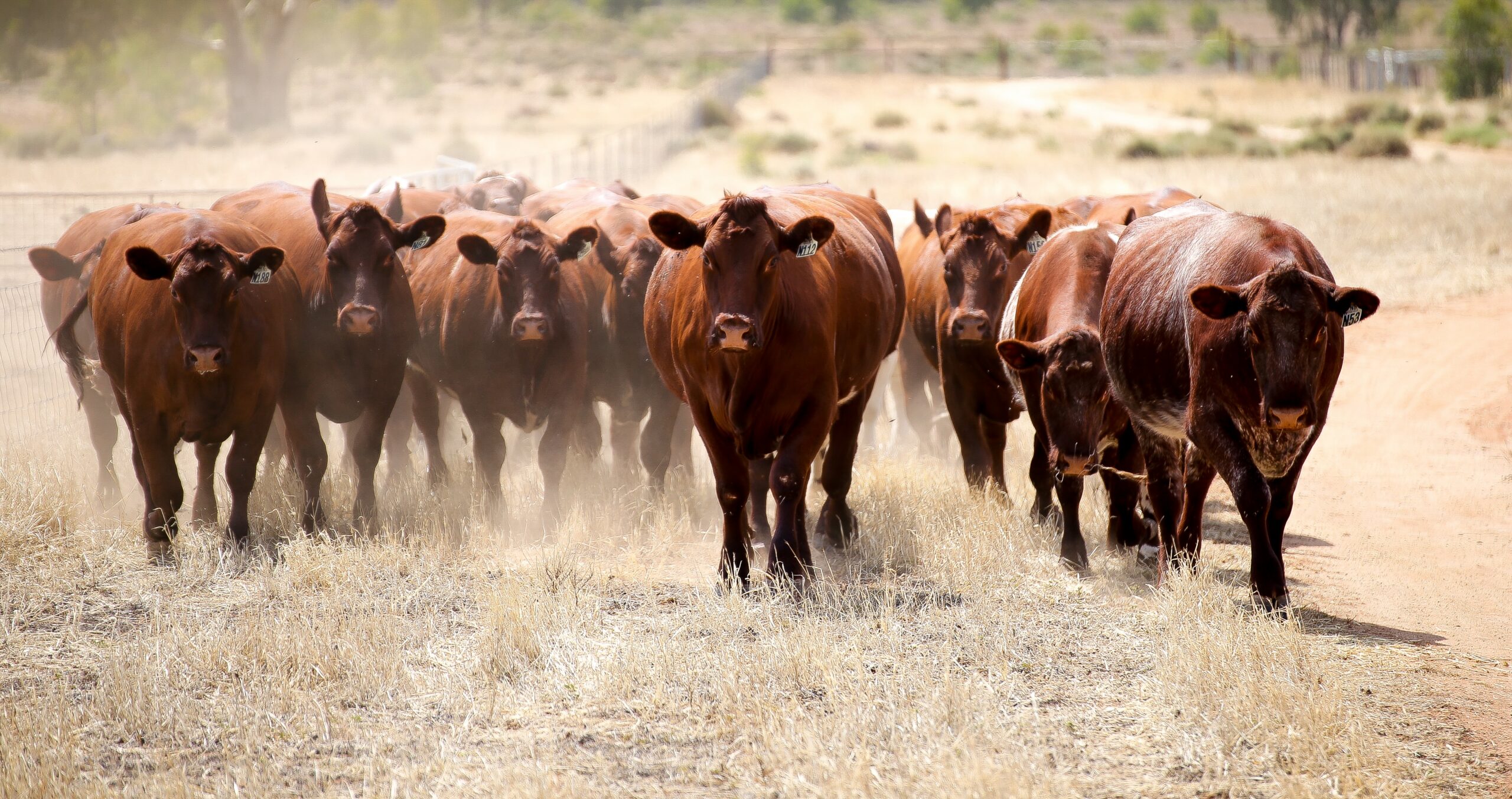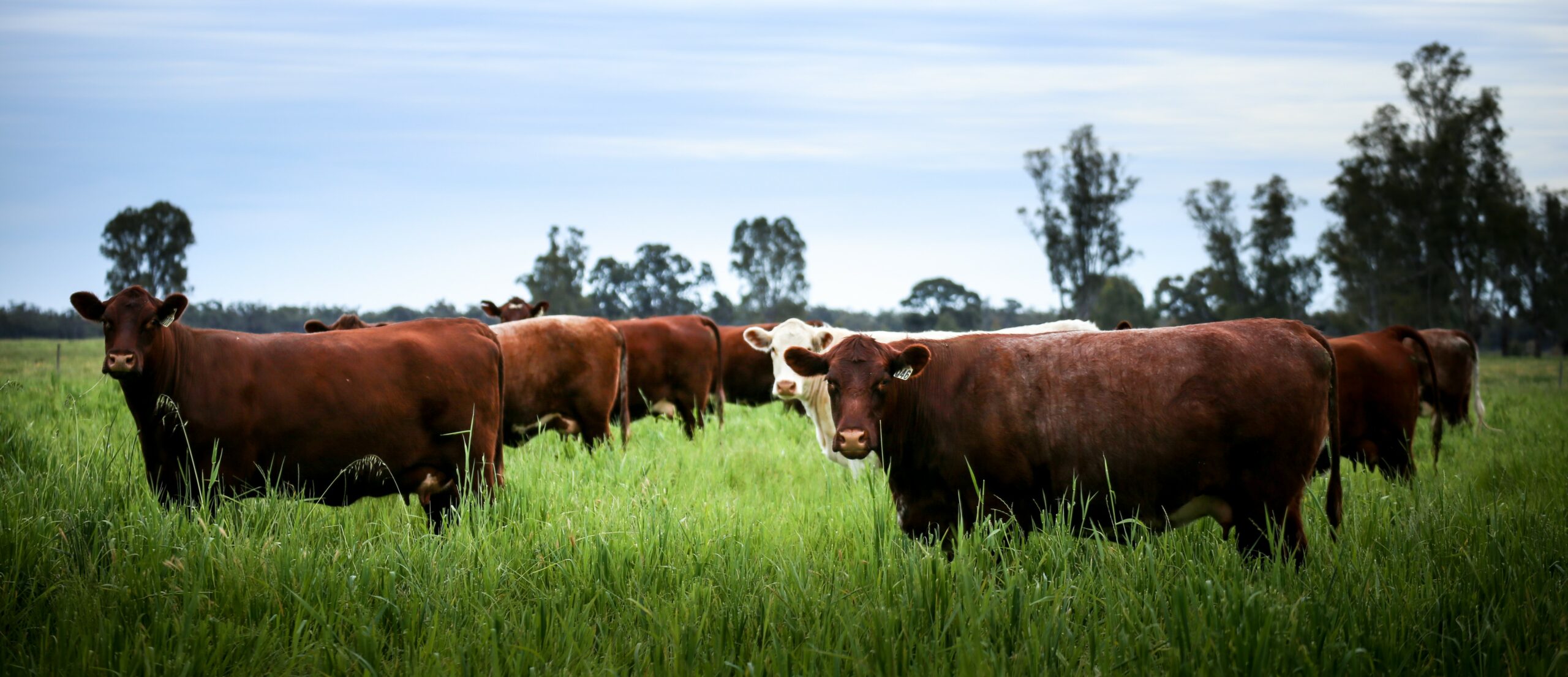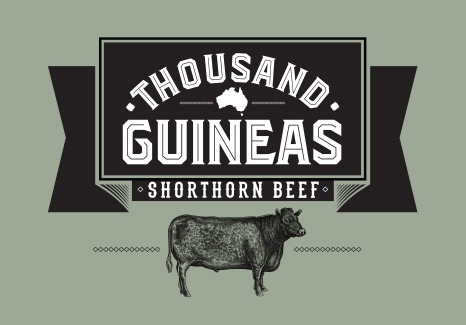Understanding BreedObject
About BreedObject and $Indexes
BreedObject is a tool for formalising breeding objectives and $Indexes that can help you breed more profitable cattle. It uses BREEDPLAN EBVs. It helps you target the type of commercial herd performance you need from animals for a given market production system, and it helps you identify seedstock that will be best suited to this. BreedObject $Indexes are intended for use by both stud and commercial beef producers.
BreedObject draws together the BREEDPLAN estimated breeding value (EBV) figures on bulls into a single EBV, the $Index, which describes how well bulls suit a particular purpose. If you are interested in more than one type of commercial production purpose, you will be interested in more than one $Index.
In ‘BreedObject on the web’, you can choose a $Index relevant to your production purpose from those available, or you can define your production purpose and develop your own $Index.
The BreedObject technology was developed by the Animal Genetics and Breeding Unit (AGBU), a joint venture of NSW Agriculture and the University of New England, with financial assistance from Meat and Livestock Australia. ‘BreedObject on the web’ is an AGBU-led project backed by a consortium that includes the Agricultural Business Research Institute, breed societies through the Performance Beef Breeders’ Association, Meat and Livestock Australia and NSW Agriculture. The web development is by Hutchinson Software and AGBU. Support for the web development was provided by the Information Technology On-Line (ITOL) program of the Commonwealth Department of Communications, Information Technology and the Arts.
 How BreedObject Works
How BreedObject Works
BreedObject is customisable to any commercial herd market production system of interest. For any given system targeted, a trait-level analysis of what affects profit is first performed. In a second step, BreedObject assesses what emphasis is then justified (to address the target) on the different BREEDPLAN EBVs that are available on animals. These differing emphases are reflected in the $Index value calculated for each animal.
Differences in the $Index values calculated describe how animals are expected to benefit production system profitability when production is for the described purpose. The $Index is an EBV for profit for this production purpose. Ranking seedstock on their $Index sorts them for their progeny’s expected profitability for the targeted production system.
BreedObject $Indexes assess genetic potential for progeny performance. They tell you what to expect from progeny on average. They don’t describe how bulls themselves will perform, for example during joining. Issues of structural and reproductive soundness need to be considered in the usual way. ‘BreedObject on the web’ also assists by providing you with easy access to all vendors so that you can discuss these and other matters.
 The Profit Target for Breeding
The Profit Target for Breeding
The commercial beef animal has to be profitable. It consequently makes sense that the factors which should guide trait emphasis in breeding are those which affect profit in the commercial production system. Ultimately, seedstock need to be able to produce commercial beef animals that can make money wherever it is that they are asked to perform.
This is of course nothing more than a recognition of the need for seedstock breeding to be ‘market-driven’, where the market in this case is the beef producer who buys bulls. Focusing on the needs of clients is the best way to ensure profits in seedstock breeding. In this, beef breeding is no different from other endeavours.
The beef producer who buys bulls even more obviously needs to be concerned with commercial production system profitability. Again, it is the factors which affect commercial production system profitability which should guide trait emphasis in bull choice. But whose profit, or what aspect of profit, are we talking of here ? Where ownership of progeny of bulls is retained all the way to slaughter, it is clear that it is profitability all of the way to slaughter that is of interest, involving both the cow herd and the calf during growth and finishing.
It is perhaps less obvious whose profit should be the target when calves change ownership one or more times between birth and finishing. For a bull buyer producing calves for sale as weaners, for example, it can be tempting to think that it is only the profitability of the cow herd that matters, including the calves only until their sale as weaners. This is short-term thinking. It ignores the need for calves to be suited to an eventual market, seeing this need as someone else’s problem. Of course it isn’t really someone else’s problem, because the best way for weaner producers to ensure profits over the long haul is to consistently produce weaners that will be profitable for those who buy them.
There is thus considerable similarity in the profit target for breeding irrespective of whether this is viewed from the perspective of the bull breeder or from that of the beef producer buying bulls. In both cases it is profitability over the whole commercial production system that needs to be the target. Both profitability of the cow herd and that of the calf, from birth to slaughter, are involved. The genes for all of these aspects of performance are contained in every animal.
There are other factors that also contribute to differences in the aims of bull breeders and commercial bull buyers. However these will generally be less important than the main principle, illustrated here, that both bull breeders and commercial bull buyers need to focus on commercial production system profitability.
 Development and Use of Breed-Level Indexes
Development and Use of Breed-Level Indexes
The ‘BreedObject on the web’ site provides access to a number of $Indexes for Australian market production systems of general relevance in particular breeds. At the time of writing, these $Indexes numbered 20. Each was developed at the request of individual breeds and with breed input. More information on these breed-level $Indexes can generally also be found through the relevant breed association/society websites.
Many of the breed-level $Indexes developed address straight-bred or cross-bred production systems where daughters are retained somewhere in the industry for breeding. In a smaller number of cases there are also $Indexes addressing systems where all progeny are finished for slaughter (ie. the visualised use of a bull, say, is as a terminal sire).
It is important to remember that a $Index value in one breed presently cannot be compared with a $Index value in another breed. $Indexes are like most other EBVs in that they cannot be compared across breeds.This is so even though the $Indexes of different breeds sometimes have quite similar names. Also like EBVs, $Index values can only be compared within the same $Index.
The quite similar names (eg.’Supermarket’) of some of the $Indexes suggests they address similar market production systems in the different breeds. This is true for the market addressed, but other aspects of the production system can be quite different. The $Index developed for each breed is customised to the usual production system conditions applying for each breed. It takes account of the particular cow type that is usually joined, and of particular difficulties that may be encountered in each breed (eg.in finishing steer progeny, in calving difficulty, or in the fertility of daughters).
A further point to note is that the currently-available breed-level $Indexes, despite often having market-oriented names, are just as much concerned with costs of production as they are with market returns. Both costs and returns are considered, as they need to be, when the focus is commercial production system profitability.
 How to Tell If You Need Your Own $Index
How to Tell If You Need Your Own $Index
In many breeds there are $Indexes already available which target average marget production systems for common uses of the breed. Since small differences in the characteristics of the market production system targeted may produce little difference in $Index ranking, these generally-available $Indexes are thought to be adequate for many situations. When, then, might you consider developing your own $Index ?
You should consider developing your own $Index when one or more of the following applies:
- You consider there are important aspects of your market production system which are different (eg. the system you wish to target achieves an earlier or later turn-off, has a different cost of feed, more or less difficulty finishing steers, a different calving rate, or more or less risk of calving difficulty)
- Your intended breeding role (eg. terminal sire, specialised maternal) for animals is more specialised or different
- You would prefer to use your own view of costs and prices, especially for discounts and premiums that might apply in the future
- You have herd-specific knowledge that can be utilised
- You would like a better appreciation of how $Index results vary as underlying assumptions change
Your own $Indexes can be readily derived on-line for immediate application. They are easily saved, selected or de-selected for display, edited or deleted.
 Developing Your Own $Index
Developing Your Own $Index
Developing your own $Index is achieved in two stages. First, your knowledge is utilised to allow an assessment to be made of trait importance for the market production system you visualise. Once this is assessed, the $Index of EBVs that best targets this trait importance is determined.
The steps involved, and brief information on each, are as follows:
- Identification of the commercial market production system to be targeted
This is the most important step. Your knowledge and ability to describe this system is the key to customising your Index. Think about how animals will be used, over what type of cows and in what environment, and what production levels, cost levels and prices are likely to apply. Then complete the short, multiple-choice on-line questionnaire. Aim to use estimates and levels that apply under good management; and which you think will be relevant into the future.Some other points to consider:- Bull breeders – focus on the commercial market production system/s of your main clients
- Bull buyers – focus on the commercial market production to be addressed by your main class of sale animal (eg. steers)
- In general, focus on the whole production system – from cow-calf production to finishing
- Where it is difficult to decide between competing systems and/or views of the future, consider making separate cases. It can be helpful to see how animals rank for several purposes.
- Assessment of trait importance
The information you provide through the questionnaire is used to assess the profit impacts that trait changes will have. These are examined using a detailed herd model. All traits that directly affect costs or returns are considered. The assessment for each trait assumes levels of the other traits are unchanged.The results on trait importance take account of both the assessed effect on profit and the amount of genetic variation available for change in a trait. These results are illustrated graphically, and are automatically available for your breeding objective. - Construction of the best $Index
Once the trait importance to be targeted is known, the $Index of available EBVs that best correlates with this is automatically constructed.This $Index takes account of the assessed economic importance of traits, of the genetic variation for and associations among traits, and of any other herd-specific information you were able to provide.Results on the % emphasis being applied on each EBV are illustrated graphically, and are automatically available for your $Index. - Using your $Index
Your $Index is immediately and automatically available for use on-line. The applications available are the same as those available to any other $Index. It can be applied to the EBVs of animals in your own herd, to help with selection, to the EBVs of published sires, or to the EBVs of animals in sale or semen catalogue listings to help with bull or semen purchase.Any $Index you derive is automatically added to the list of $Indexes that are available to you (see ‘Choose another Index’, from the ‘Results’ page). These $Indexes are easily selected or de-selected for display, and your $Indexes can be edited or deleted at any time.






